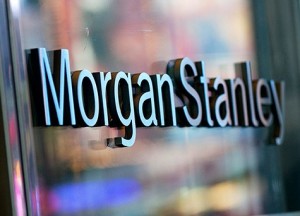CLS FX volume hits $1.91 trillion in January 2023
Foreign exchange settlement provider, CLS Group saw strong volumes in January 2023 as fears of uncontrolled escalation in the Russia-Ukraine war continues to weigh on a world economy that’s yet to fully recover from the inflation shock.

The average daily traded volume submitted to CLS was $1.91 trillion in January 2023, which is up 12.4 percent month-over-month from $1.70 trillion in December 2022. Across a yearly timetable, the figure was up 2.1 percent relative to January 2022’s figure of $1.87 trillion.
CLS reported swaps volumes at $1.31 trillion in January 2023, which is up from $1.18 trillion in December 2022, a rise of 11 percent month-over-month. However, the figure was slightly lower on a yearly basis from $1.32 trillion in 2022.
Global FX swap volumes surged to nearly $3.2 trillion per day and now account for almost half of global FX trading, according to the Bank for International Settlements’ latest survey, mirroring a pick-up in the spot market and reflecting strong trends in OTC sectors.
In terms of CLS’ spot FX volume, the group has reported the figure at $465 billion in January 2023, which is up 14 percent relative to $409 billion in the month prior. Additionally, the spot turnover was up 2.2 percent over a yearly basis from the $455 billion set in 2022.
Finally, CLS forwards business yielded a figure of $138 billion last month, up 29 percent from $107 billion in December. The figure was also higher by 46 percent on a yearly basis from the $94 billion reported in the same month a year ago.
“In January 2023, we saw average daily traded volumes of USD1.91 trillion, an increase of 2% compared to January 2022. Over the same period, FX forward volumes were up noticeably by 47%, FX spot volumes increased by 2%, while FX swap volumes decreased by 1%,” said CLS’s Global Head of Product, Keith Tippell.
CLS Group, which provides risk mitigation and settlement services for FX dealers and institutions, has shifted its reporting methodology for FX data in 2018. The figures are now reported based on one side of FX transactions and only one of the four legs of FX swap trades, in line with BIS standards and Foreign Exchange Committee market reports, and thus it avoids double counting the total amount of trades.
The company, which was formed in 2002 to reduce FX settlement risks, recently has been keen to promote itself as a provider of innovative products, including post-trade risk management, aggregation, and netting solutions.









